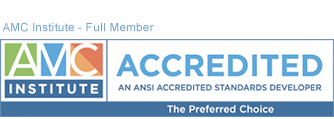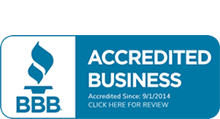Another in a series of articles related to association management selected from our reading list by:
Robert O. Patterson, JD
CEO/ Principal
The Center for Association Resources, Inc.
Conflicts of interest can arise in any area of an organization, from the lowest ranks to the board of directors, and can create troubling situations. Non-profit organizations have a vested interest in mitigating and managing board members’ conflicts of interest as they arise (eliminating them entirely is generally not feasible). How to manage them? Develop a conflict-of-interest policy.
Step one in creating such a policy is understanding just what constitutes a conflict of interest. The definition is fairly simple: if a board member’s professional or personal affiliations disrupt their ability to place the organization’s best interests over their own personal interests, a conflict of interest exists. Because non-profit board members are likely to be involved in other business concerns or non-profit organizations in their respective communities, conflicts of interest can arise very naturally.
Step two in the process is deciding how to mitigate any conflicts that might occur. To do that, the board must know how these conflicts potentially negatively affect the organization. In all cases, a conflict of interest has the potential to cause a board member to shirk his or her fiduciary responsibility to the organization. If a personal interest is allowed to take precedence over the organization’s interests, the board member’s decisions will not be in the best financial interests of the organization. Board members can even be held legally liable for the organization’s actions because of their fiduciary responsibility. Another concern regarding conflicts of interest within non-profit organizations involves ethical implications. Non-profits are meant to serve the public good, and when board members ignore the best interests of the organization, they are, in effect, betraying the public trust.
After all board members have a thorough understanding of the implications of conflicts of interest, the written policy can be developed. All board members should discuss the policy, and each one should agree in writing to uphold it. There are three important elements to be included in the written policy. The first is a full disclosure clause that states all board members must make known their affiliations with any organizations that the non-profit does business with. The second element is a clause that restricts board members from discussing and voting on issues that pertain to transactions with a company that the board member is involved with. The third clause regards staff members: it should restrict them from being in a decision-making role regarding business with firms they have an interest in.
It is important when drawing up the written conflict of interest policy not to use “boilerplate” documents – do not simply copy another organization’s policy or use a sample one. The policy should be tailored to your organization’s specific needs and goals. By creating a solid conflict of interest policy, the organization’s interests will be protected and legal and ethical troubles will be mitigated.







